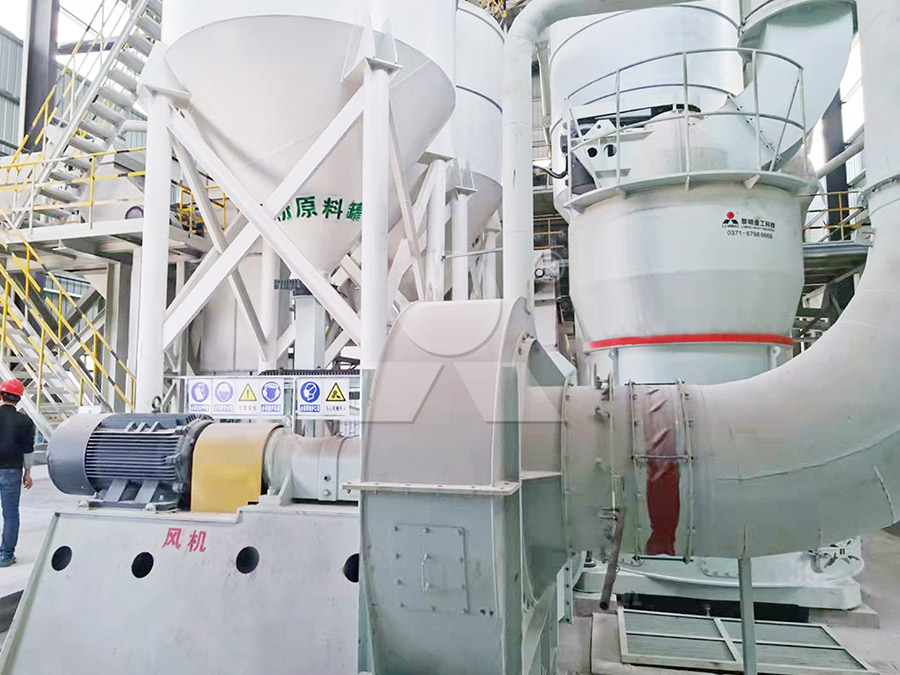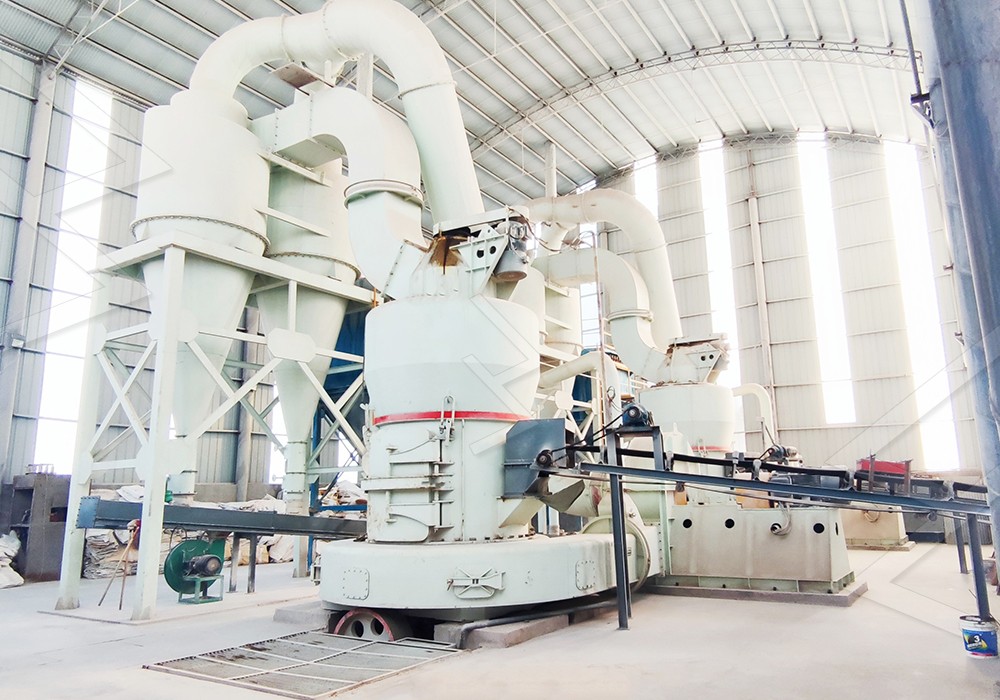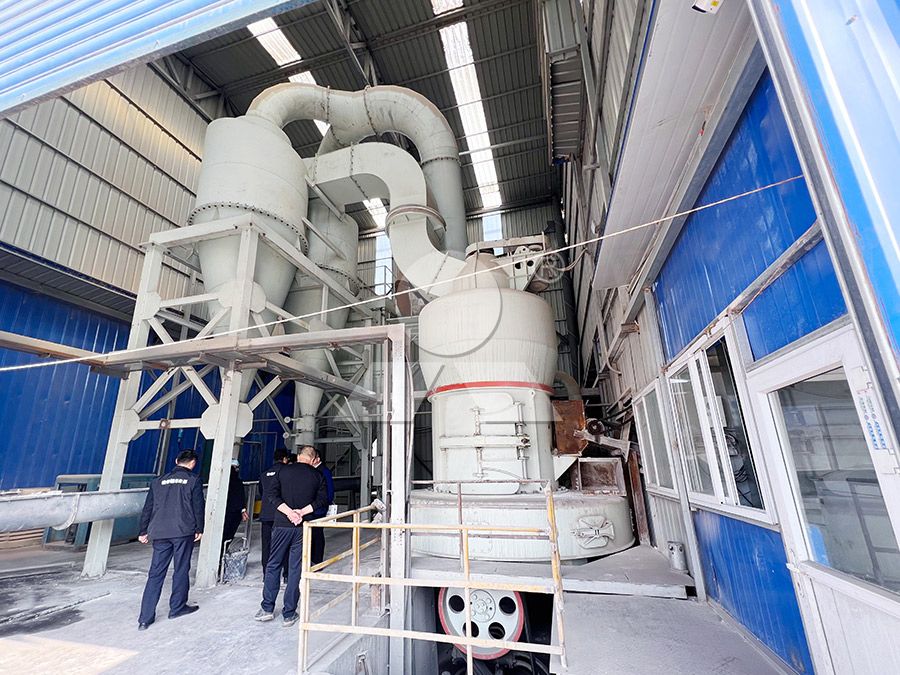The World’s Largest Vertical Axis Wind Turbine: A New Era in Renewable Energy
The World’s Largest Vertical Axis Wind Turbine: A New Era in Renewable Energy
The renewable energy sector is witnessing a monumental shift with the advent of the world’s largest vertical axis wind turbine (VAWT). This engineering marvel represents a significant leap forward in harnessing wind power more efficiently and sustainably. Unlike traditional horizontal axis wind turbines (HAWTs), VAWTs offer several advantages, including omnidirectional wind capture, lower noise levels, and reduced maintenance requirements. This innovation is set to redefine the landscape of wind energy, making it more accessible and reliable for urban and remote applications alike.
Revolutionizing Wind Energy
Vertical axis wind turbines are not a new concept, but recent advancements in materials science and aerodynamic design have enabled the creation of turbines on a scale previously thought impossible. The largest VAWT to date boasts a capacity of over 10 megawatts, capable of powering thousands of homes with clean, renewable energy. Its design allows it to operate efficiently in a variety of wind conditions, including low-speed winds where traditional turbines might struggle.

One of the key benefits of VAWTs is their reduced environmental impact. They have a smaller footprint, both in terms of land use and visual pollution, making them ideal for integration into existing infrastructures such as urban areas and agricultural lands. Additionally, their lower rotational speeds pose less risk to wildlife, particularly birds and bats, addressing a common concern associated with conventional wind farms.
Supporting Infrastructure and Grinding Technology
The production of components for such large-scale renewable energy projects requires precision manufacturing and advanced materials processing. This is where high-efficiency grinding mills come into play. For instance, the MW Ultrafine Grinding Mill is an indispensable tool in producing the fine powders needed for composite materials and coatings used in turbine blades. With an input size of 0-20 mm and a capacity of 0.5-25 tph, this mill is designed for customers who need to make ultra-fine powder. It is equipped with an efficient pulse dust collector and muffler, reducing dust and noise, ensuring the production process is environmentally friendly.
Similarly, the LUM Ultrafine Vertical Grinding Mill offers exceptional performance with an input size of 0-10 mm and a capacity of 5-18 tph. Independently designed by LIMING, it integrates ultrafine powder grinding, grading, and transporting, making it a superior choice for the ultrafine powder grinding industry. Its higher yielding rate and energy-saving multi-head powder separating technology ensure that the materials processed meet the stringent requirements of modern renewable energy infrastructure.

The Future of Renewable Energy
The deployment of the world’s largest VAWT marks the beginning of a new era in renewable energy. As technology continues to evolve, we can expect even larger and more efficient turbines to emerge, further driving down the cost of wind energy and increasing its adoption worldwide. The integration of advanced grinding technologies, such as those provided by LIMING’s MW and LUM mills, will play a crucial role in supporting this growth by enabling the production of high-quality materials necessary for these innovations.
In conclusion, the combination of cutting-edge wind turbine design and state-of-the-art grinding technology is paving the way for a sustainable future. The world’s largest vertical axis wind turbine is not just a testament to human ingenuity but also a beacon of hope for a cleaner, greener planet.

